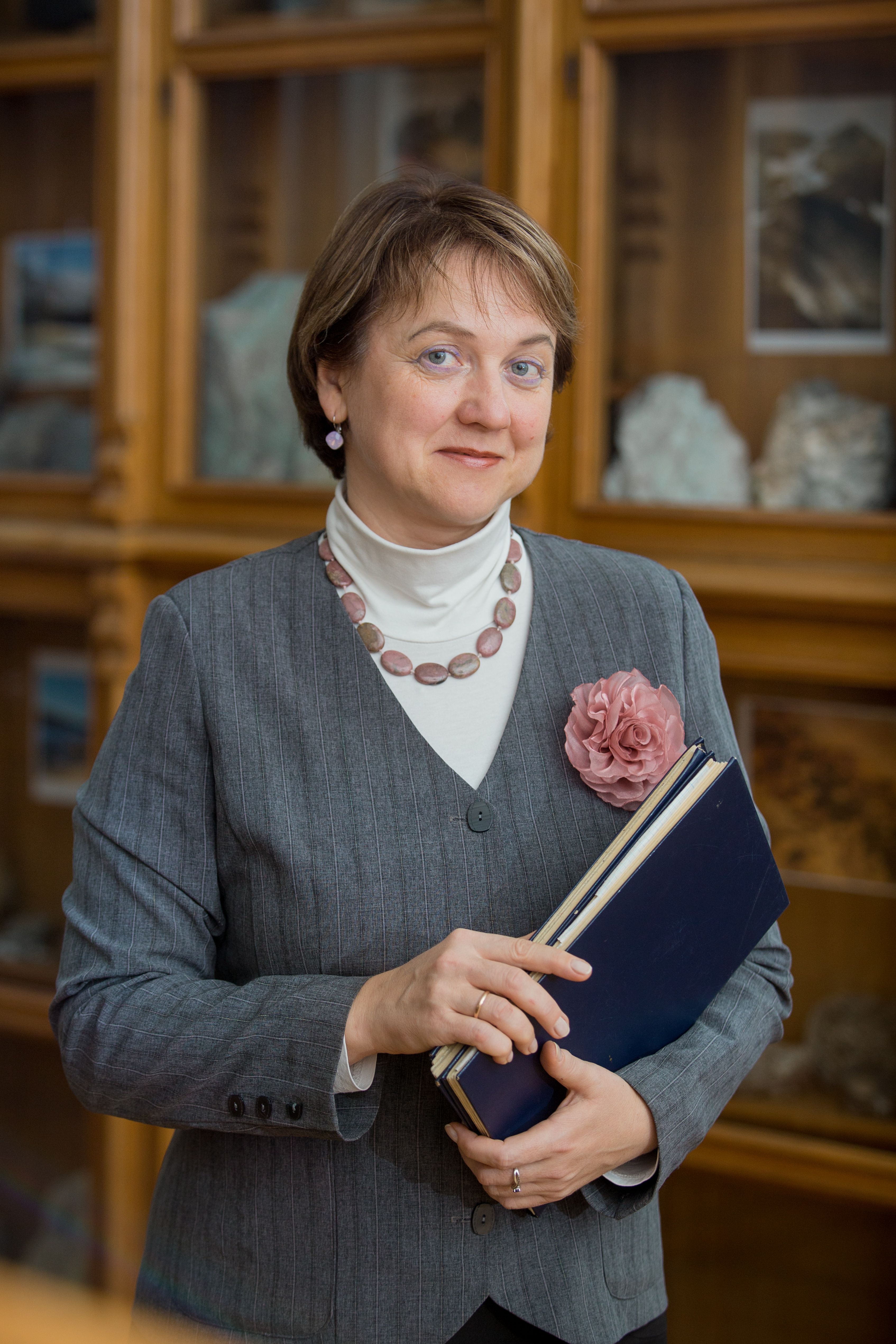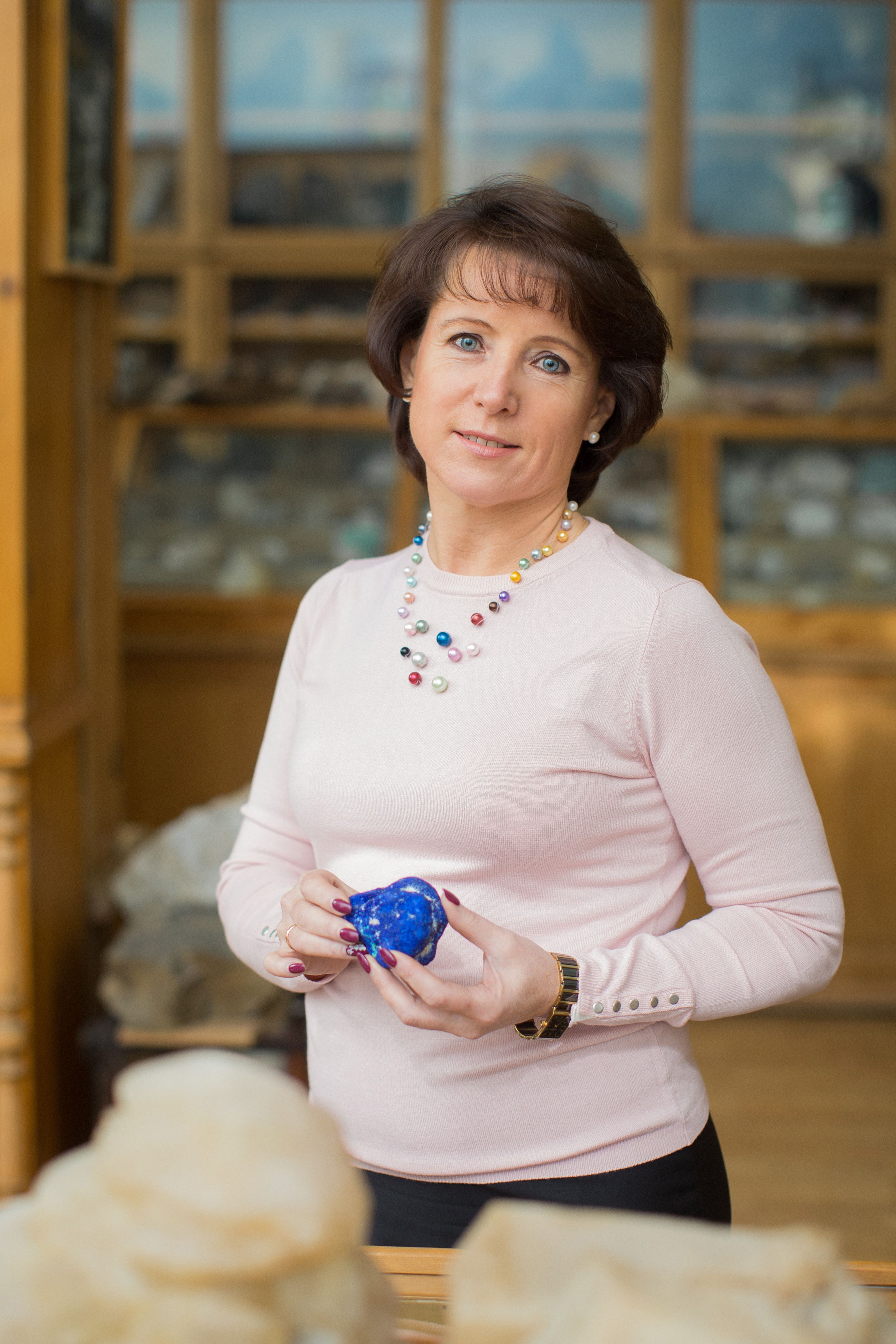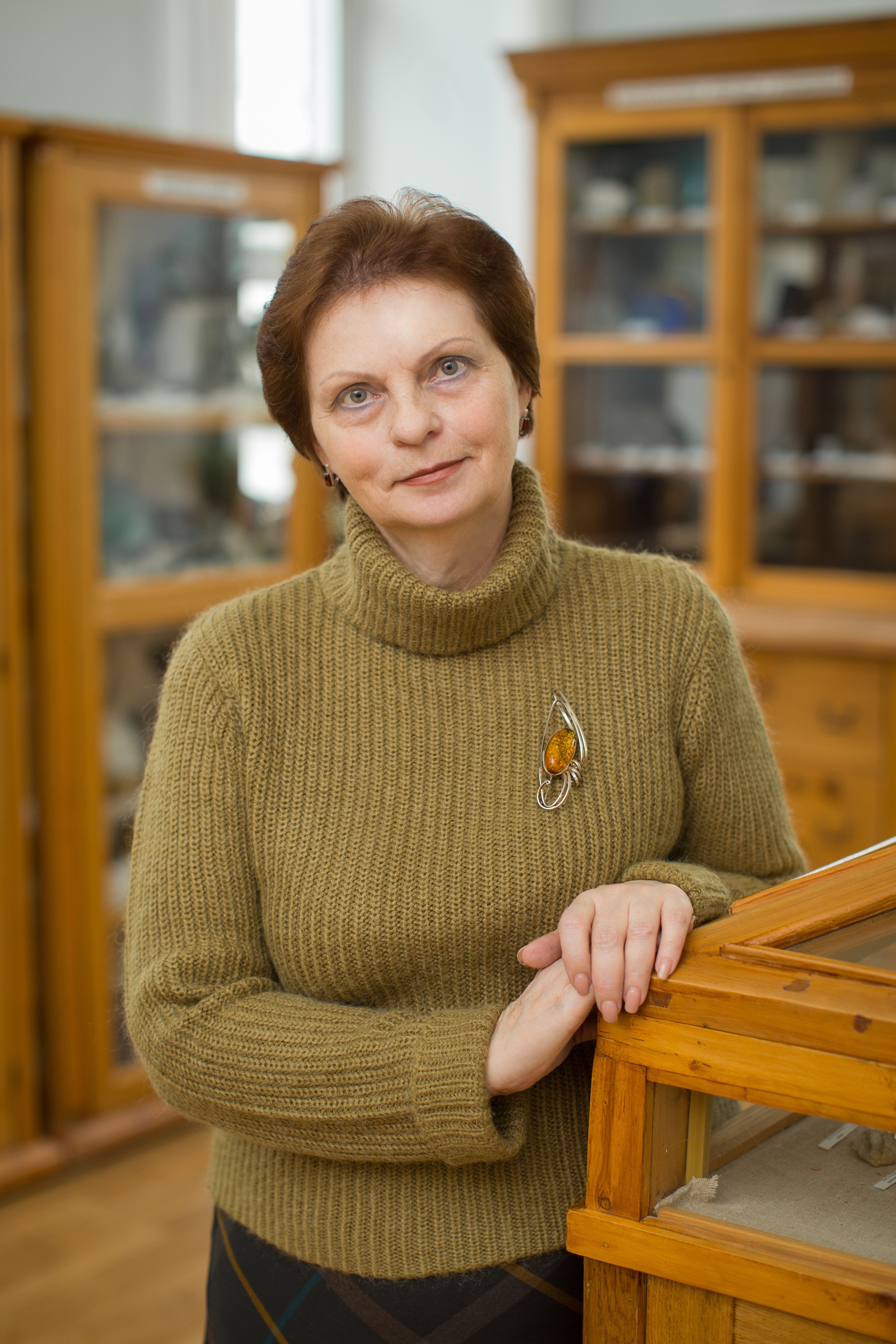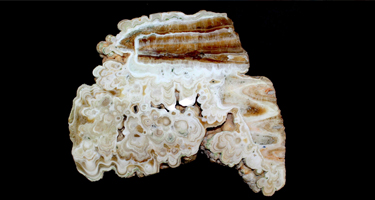Chapter 1: Crystallography and symmetry around us. Morphology of natural geological formations.
1. Historical development of geoscience
2. Mineralization and mineral chemical compositions
3. Crystal structure and habit
4. Crystal morphology
5. Aggregate morphology
About this course
The course embraces the following aspects:
- Understanding the key geological concepts, including crystal, mineral and rock
- Applying basic methods to determine the properties of minerals and structure and texture of rocks
- Identifying the composition, formation conditions, characteristic features of naturally-occurring and urban environment stone material and to determine its practical significance
- Identifying rocks and minerals so as to understand their specific application in such areas as building construction, civil engineering, as well as distinguishing ornamental stones or gemstones in the collections
- Obtaining theoretical background to further one's ability to observe and determine the practical value of rocks.
What will I learn in this course?
The aim of the course is to understand and appreciate the surrounding inanimate nature (the Earth surface), consisting of minerals and rocks. This course will also teach you how to identify the practical importance and value of the rocks surrounding you.
By the end of the course, students will be able to:
- Distinguish crystals, minerals and rocks
- Identify the most common minerals and rocks
- Know their practical value and their influence on the environment.
Who should participate in this course?
Everyone is welcome to join us and discover the rock and mineral environment the surrounds us. Particular groups that would be interested in the course topic include:
- Students interested in the world environment - minerals and rocks
- Future applicants in geological specialty
- Undergraduates studying the Earth's crust, including geology, mineralogy and petrology
- Technical specialists and engineers in the field of geological engineering survey
What do I need to know?
No specific skills or prior knowledge, only self-interest, motivation and desire for self-development.
Commitment
7 weeks of study
Course Structure
Chapter 2: Physical properties of minerals
1. Optical properties of minerals: color and streak
2. Optical properties of minerals: transparency and luster
3. Mechanical properties of minerals: cleavage, jointing, fracture, hardness
4. Specific properties of minerals
5. Useful physical properties for identifying a mineral
Chapter 3: Mineral Classification
1. Rock-forming minerals: salic (light in color)
2. Rock-forming minerals: femic (dark in color)
3. Mineral salts
4. Rare minerals
Chapter 4: Ores. Gems and ornamental stones
1. Noble metals
2. Ferrous metals
3. Non-ferrous metals
4. Other metals
5. Gemstones
6. Ornamental stones
Chapter 5: Igneous rocks
1. Formation conditions of igneous rocks
2. Morphology and settings of igneous rocks
3. Composition, structure and texture of igneous rocks
4. Common volcanic rocks
5. Common plutonic rocks
Chapter 6: Sedimentary rocks
1. Composition, structure and texture of sedimentary rocks
2. Formation conditions of sedimentary rocks
3. Clastic sedimentary rocks
4. Chemical and biochemical rocks
Chapter 7: Metamorphic rocks
1. Formation conditions of metamorphic rocksи
2. Composition, structure and texture of metamorphic rocks
3. Common metamorphic rocks
4. Cyclic processes of naturally-occurring substances
Course instructors

Associate Prof. Lyubov Krasnoshchekova
Professor, PhD in Geology and Mineralogy. For more than 20 years has been teaching petrographic courses in crystalline and sedimentary rocks. Her area of expertise embraces the investigation of the reservoir sedimentary rocks in different Russian oil fields, especially within Tomsk Oblast, Siberia. Lyubov has been involved in numerous projects and grants in collaboration with various Russian petroleum enterprises. She has also participated in gold exploration projects of leading geological organizations.

Associate Prof. Lyudmila Ananieva
Professor, PhD in Geology and Mineralogy. For many years, Lyudmila was a research staff member of Tomsk Polytechnic University Mineralogical Museum. She has conducted tutorials and field survey expeditions. For more than 15 years has been teaching courses in crystallography and mineralogy. Her area of expertise embraces exploring quartz and quartz rocks as sources of raw high-purity quartz. Lyudmila was a participant of the well-known Russian-Italian Tunguska Meteorite Expedition.

Tatyana Martynova
She is a member of the Mineralogical Certification Committee and has certified on more than ten Russian ore deposits. Tatyana has actively participated in the engineering training of geologists and mineralogists. At present, she is mainly concerned with the promotion of mineralogy as a science to specialist and non-specialist audiences.
Cost and conditions of participation
The course is free of charge. You have to register to participate.
Как будет проходить обучение
1. В день открытия курса всем зарегистрировавшимся участникам на электронную почту придет приглашение со ссылкой на курс.
2. Обучение будет проходить на нашей платформе в онлайн-формате. Каждая глава курса будет открываться согласно расписанию.
3. В курсе предусмотрены проверочные задания, которые имеют строгие сроки выполнения и влияют на получение сертификата.
4. Во время обучения вы сможете общаться с преподавателем и другими слушателями курса на форуме.
Organizer

Tomsk Polytechnic University
Partners

PJSC «Gazprom»
The course was designed and developed with the financial support from PJSC «GAZPROM».

